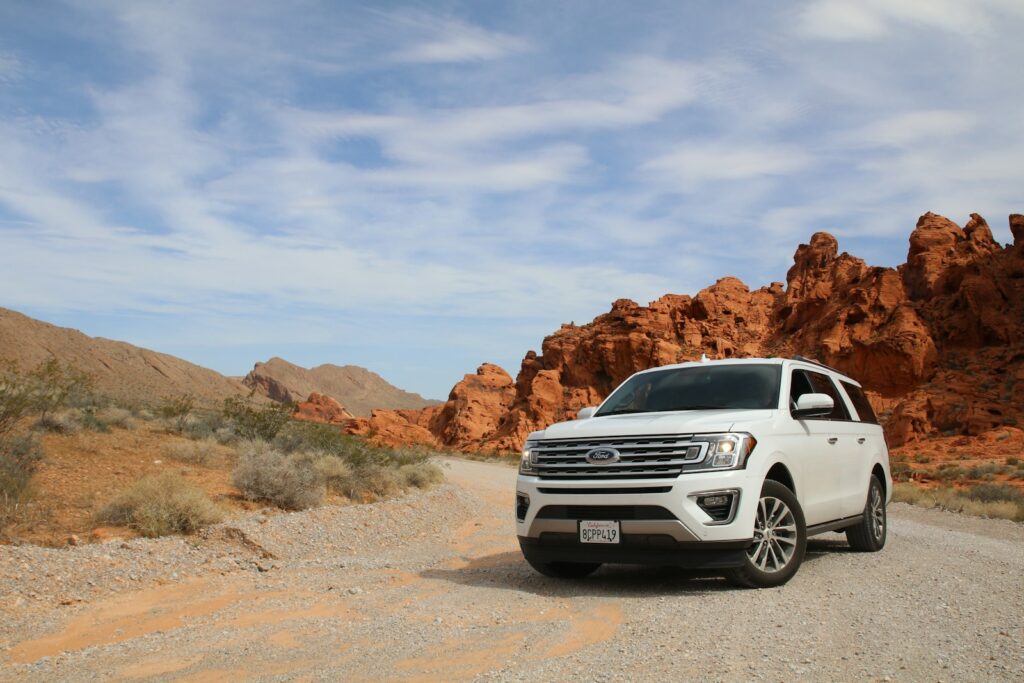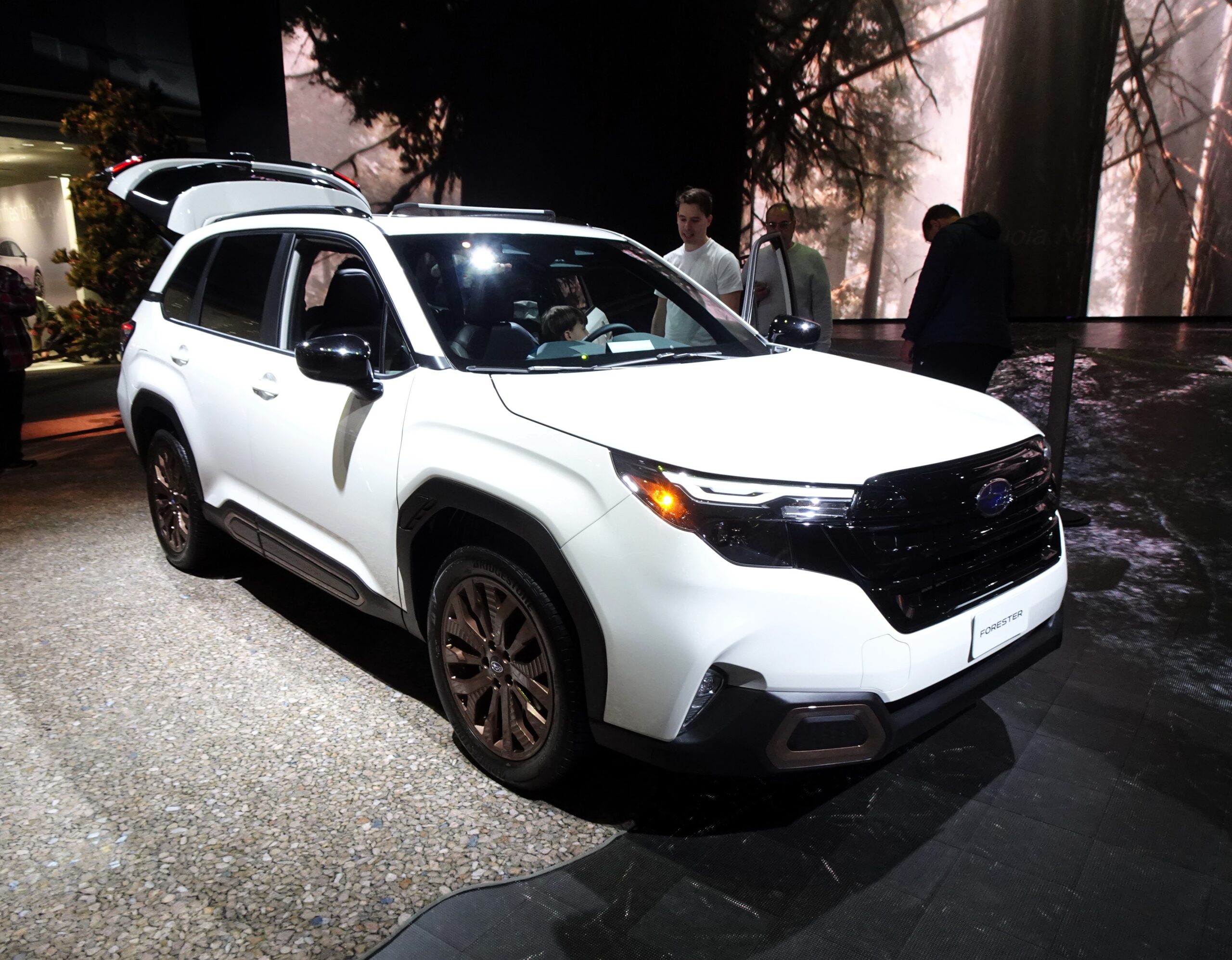
For many families, the call of the open road is an irresistible invitation, and the vehicle chosen for these adventures is more than just transportation; it’s a mobile basecamp, a comfortable sanctuary, and a crucial partner in creating lasting memories. When planning those cherished family trips, reliability, comfort, and safety are paramount considerations. The question then arises: How does the all-new 2025 Subaru Forester measure up to these demanding expectations, particularly for those long journeys that define a true family road trip experience?
This in-depth article aims to provide a thorough, unbiased evaluation of the 2025 Subaru Forester, drawing on real-world driving experiences and comprehensive reliability data. Our goal is to arm consumers with practical information, helping them make informed purchasing decisions based on real-world usage and overall value. We delve into specific aspects of the Forester’s design and performance, assessing its strengths and weaknesses through the lens of family travel, from cross-country hauls to mountain escapes.
Over the past two months, one driver covered roughly 11,000 miles, providing extensive seat time to reacquaint with a Forester Sport model, including a significant 1,190-mile round trip from Long Beach, California, to Truckee, near Lake Tahoe. This journey, cutting through California’s agricultural heartland and across the majestic Sierra Nevada mountains, offered ample opportunity to scrutinize the Forester’s capabilities and comfort over diverse terrains and extended periods. This firsthand account, combined with generations of reliability data, forms the bedrock of our assessment.
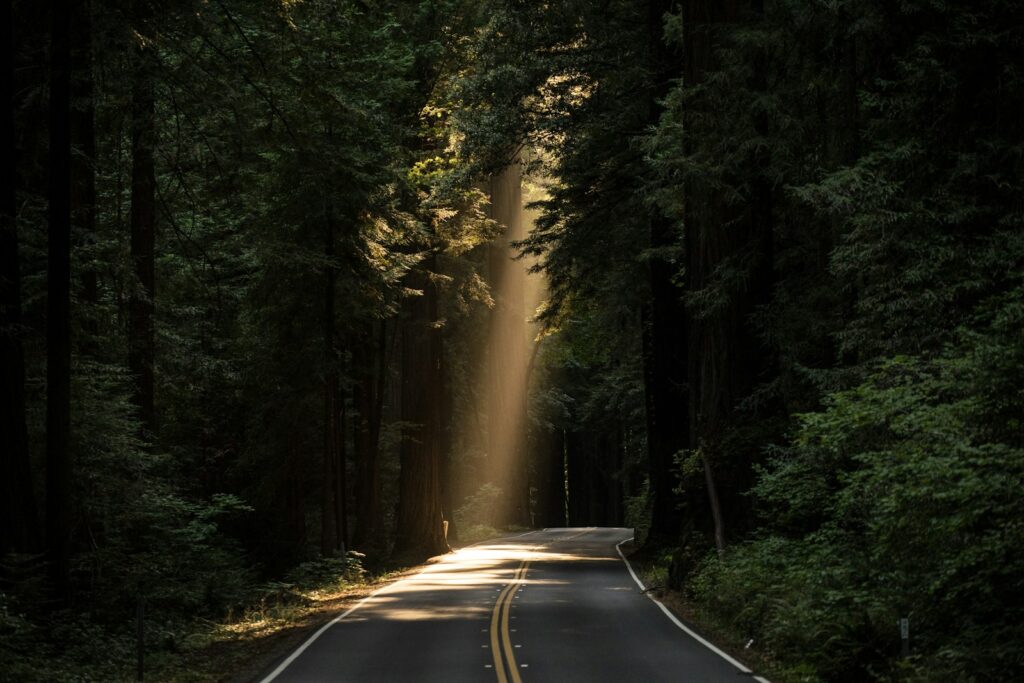
1. **Overall Reliability Score: A Renaissance in Modern Foresters**The 2025 Subaru Forester, representing the latest iteration of the fifth generation, stands as a testament to Subaru’s commitment to continuous improvement in reliability. Recent models, specifically from 2020-2025, have achieved impressive scores from leading consumer advocacy groups, signaling a significant turnaround from some of the challenges faced by earlier generations.
J.D. Power awarded the 2025 Forester an 83/100 reliability score, placing it firmly in the “above-average” category and highlighting strong dealer service ratings. Similarly, Consumer Reports rated the 2025 models at 82/100, commending them for high marks in safety, visibility, and fuel economy. These scores collectively suggest that the current Forester is a highly reliable vehicle, designed to provide years of trouble-free service, especially when compared to its predecessors.
This improved reliability is attributed to several key advancements within the fifth generation, which began in 2019. These include the adoption of direct fuel injection, revised CVT programming, and enhanced noise insulation. While some minor persistent issues like lower control arm bushing wear, premature battery drain, and TPMS sensor failures have been noted, they do not detract significantly from the overall robust performance indicated by these high reliability scores. The 2020-2025 models are unequivocally considered the most reliable Foresters ever made, a crucial point for families seeking peace of mind on long trips.
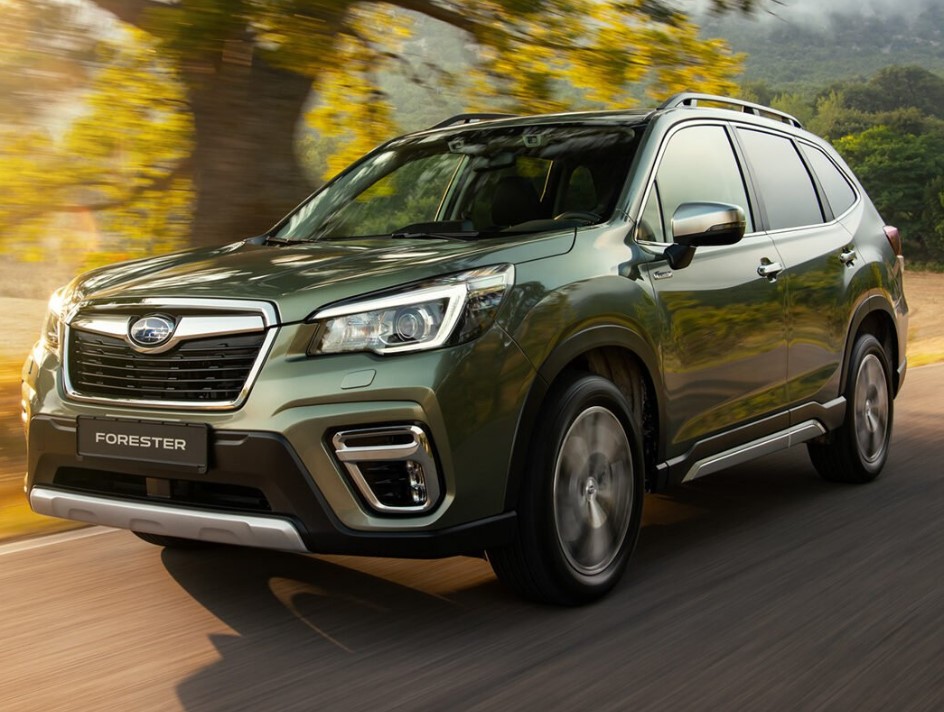
2. **Forester’s Longevity and Strategic Maintenance for Extended Family Adventures**Beyond initial reliability, a vehicle’s longevity is a critical factor for families who intend to keep their SUV for many years, seeing it through countless soccer practices, school runs, and, of course, those ambitious cross-country vacations. With proper and diligent maintenance, Subaru Foresters are well-regarded for their potential to last 200,000 miles or even more, a significant threshold for family vehicles.
The National Highway Traffic Safety Administration (NHTSA) reports fewer complaints about Foresters when compared to many of its popular competitors, reinforcing its reputation for enduring service. This long lifespan is not an accident but a direct result of design improvements and, crucially, consistent adherence to the recommended maintenance schedule. Reddit users often share experiences of trouble-free ownership, with 2016-2018 models frequently exceeding 200,000 miles, underscoring the real-world durability potential.
The key to unlocking this impressive longevity lies in strict adherence to maintenance. Essential practices include oil changes every 6,000 miles, or even sooner for older models with known oil consumption tendencies. For models equipped with the continuously variable transmission (CVT), regular CVT fluid changes every 60,000 miles are paramount, dispelling the “lifetime fluid” myth. Older models with timing belts also require replacement at around 105,000 miles, and modern Foresters benefit from regular software updates for infotainment and ECU systems. By following these guidelines, families can reasonably expect their Forester to serve them reliably for a very long time.
Car Model Information: 2015 Subaru Forester 2.5i
Name: Subaru Forester
Manufacturer: Subaru
Production: 1997–present
Class: Compact crossover SUV
BodyStyle: SUV
Related: Subaru Impreza
Layout: Front-engine, all-wheel drive
Predecessor: Subaru Bighorn
Categories: 2000s cars, 2010s cars, All-wheel-drive vehicles, All Wikipedia articles written in American English, All articles containing potentially dated statements
Summary: The Subaru Forester (Japanese: スバル・フォレスター, Hepburn: Subaru Foresutā) is a compact crossover SUV that has been manufactured by Subaru since 1997. The first generation was built on the platform of the Impreza in the style of a taller station wagon, a style that continued to the second generation, while the third-generation model onwards moved towards a crossover SUV design. A performance model was available for the second-generation Forester in Japan as the Forester STi.
Get more information about: Subaru Forester
Buying a high-performing used car >>>
Brand: Subaru Model: Forester
Price: $9,750 Mileage: 124,061 mi.
Read more about: Crossover Suspension Reliability Report: 5 Models Built to Last, 5 That Will Cost You

3. **Highway Driving Experience: Addressing the Road Noise Challenge**While the 2025 Forester brings many improvements, the driving experience on long highway stretches reveals one particular area that could impact family trip comfort: road noise. The experience on Interstate 5 and California 99, a mostly straight and featureless highway through California’s agricultural corridor, highlighted this issue significantly. On anything less than pool-table-smooth asphalt, the Forester gets uncomfortably loud at highway speeds.
Despite Subaru’s stated efforts to enhance noise insulation and make the glass-heavy Forester quieter and more comfortable for long days behind the wheel, the reality on certain road surfaces falls short for some drivers. At a price point of $41,295, the Forester isn’t expected to offer the sound isolation of a luxury vehicle, but the constant cacophony on less-than-perfect roads was noted as a persistent drone that made one wish for earplugs as the miles ticked away. This could be a significant factor for families undertaking very long drives, especially with young children who might be sensitive to sustained noise levels.
However, it is worth noting that some owner reviews contradict this, with one driver stating, “Haven’t driven in a windstorm, but so far it’s quiet on both the freeway and streets. I don’t have to yell to have a conversation driving on freeway.” This disparity suggests that road surface quality, individual sensitivity, or even specific trim levels (Sport vs. Premium, for example, or tire choices) might influence the perception of highway noise. Despite these mixed experiences, it remains a point of consideration for potential buyers prioritizing a ‘bank vault’ level of quiet for extensive road trips.
Car Model Information: 2015 Subaru Forester 2.5i
Name: Subaru Forester
Manufacturer: Subaru
Production: 1997–present
Class: Compact crossover SUV
BodyStyle: SUV
Related: Subaru Impreza
Layout: Front-engine, all-wheel drive
Predecessor: Subaru Bighorn
Categories: 2000s cars, 2010s cars, All-wheel-drive vehicles, All Wikipedia articles written in American English, All articles containing potentially dated statements
Summary: The Subaru Forester (Japanese: スバル・フォレスター, Hepburn: Subaru Foresutā) is a compact crossover SUV that has been manufactured by Subaru since 1997. The first generation was built on the platform of the Impreza in the style of a taller station wagon, a style that continued to the second generation, while the third-generation model onwards moved towards a crossover SUV design. A performance model was available for the second-generation Forester in Japan as the Forester STi.
Get more information about: Subaru Forester
Buying a high-performing used car >>>
Brand: Subaru Model: Forester
Price: $9,750 Mileage: 124,061 mi.
Read more about: Beyond the Badge: A Deep Dive into 14 Overrated Car Brands You Might Regret Buying in 2025
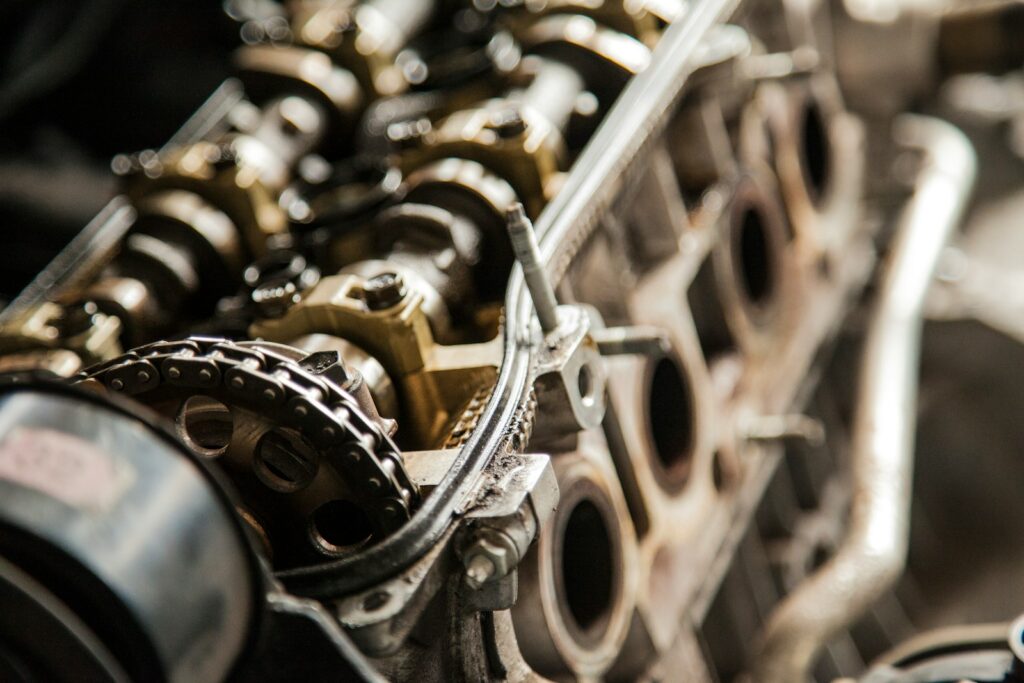
4. **Engine Performance for Mountain Driving: A Practical Assessment**Family trips often involve diverse terrains, and for many, that includes mountain passes and hilly landscapes. The 2025 Forester is equipped with Subaru’s 2.5-liter four-cylinder Boxer engine, delivering 180 horsepower and 178 lb-ft of torque. While this powertrain is perfectly adequate for most daily driving, its performance on steep grades, particularly when loaded with passengers and gear, warrants a practical assessment.
During the ascent towards Truckee and later across Tioga Pass through Yosemite National Park, the Forester’s modest power output became noticeable. While maintaining decent speeds was possible when traffic was clear, challenges arose when stuck behind slow-moving semi-trucks. Accelerating from 55 mph to pass quickly required the engine to give “absolutely everything it had,” and the loud noise from the continuously variable transmission (CVT) became prominent. Switching into Sport mode did help by reducing the CVT’s elastic feel and holding revs longer, but it didn’t add significant meaningful speed to the maneuver, leaving a desire for more rapid acceleration in demanding situations.
Despite this, the Forester’s power allocation is described as expected for a Subaru, meaning it won’t “knock a driver’s socks off” but is “more than enough power to get on the freeway.” It ensures you won’t be holding up traffic, but tight passes on two-lane mountain roads might require careful planning. For families seeking a vehicle that can confidently tackle steep ascents without constant strain, while the Forester gets the job done, those accustomed to more robust engines might find it wanting in high-altitude, high-load scenarios. The absence of engine options, including a hybrid, is also a noted competitive disadvantage against rivals like the RAV4 and CR-V.
Car Model Information: 2015 Subaru Forester 2.5i
Name: Subaru Forester
Manufacturer: Subaru
Production: 1997–present
Class: Compact crossover SUV
BodyStyle: SUV
Related: Subaru Impreza
Layout: Front-engine, all-wheel drive
Predecessor: Subaru Bighorn
Categories: 2000s cars, 2010s cars, All-wheel-drive vehicles, All Wikipedia articles written in American English, All articles containing potentially dated statements
Summary: The Subaru Forester (Japanese: スバル・フォレスター, Hepburn: Subaru Foresutā) is a compact crossover SUV that has been manufactured by Subaru since 1997. The first generation was built on the platform of the Impreza in the style of a taller station wagon, a style that continued to the second generation, while the third-generation model onwards moved towards a crossover SUV design. A performance model was available for the second-generation Forester in Japan as the Forester STi.
Get more information about: Subaru Forester
Buying a high-performing used car >>>
Brand: Subaru Model: Forester
Price: $9,750 Mileage: 124,061 mi.
Read more about: Brake Inspection Essentials: Your Ultimate Guide to Safety, Savings, and Avoiding 14 Costly Mistakes
5. **EyeSight Driver Assist Features: Enhancing Safety on the Long Haul**For family road trips, safety systems are paramount, and Subaru’s EyeSight driver assist features are a significant selling point for the 2025 Forester. These systems are designed to offer confidence-inspiring operation, contributing significantly to driver and passenger safety over long distances. The updated EyeSight safety systems are part of the enhanced features introduced in the fifth generation of the Forester.
The driver spent some time using the range-sensing cruise control on the featureless Interstate 5. While the system “worked as advertised,” the aggressive driving habits of other motorists in California meant that small gaps opening between the Forester and the car ahead were quickly filled. This forced the system to slow dramatically, creating a cycle where the Forester was repeatedly overtaken. This experience suggests that while EyeSight functions correctly, real-world traffic conditions can sometimes make its automatic adjustments less fluid than a human driver’s.
Beyond adaptive cruise control, the Forester comes standard with a comprehensive suite of safety features including lane keeping assist, blind spot monitoring, rear cross-traffic alert, and automatic high beams. These systems collectively contribute to a safer driving environment by actively helping to prevent collisions and reduce driver fatigue, especially on extended drives. Owners praise the EyeSight system, with one stating that their “2022 model’s EyeSight system has saved me from multiple accidents,” underscoring its real-world effectiveness. Despite the minor annoyance with cruise control in aggressive traffic, the overall package of EyeSight features makes the Forester a highly secure choice for families.
Car Model Information: 2015 Subaru Forester 2.5i
Name: Subaru Forester
Manufacturer: Subaru
Production: 1997–present
Class: Compact crossover SUV
BodyStyle: SUV
Related: Subaru Impreza
Layout: Front-engine, all-wheel drive
Predecessor: Subaru Bighorn
Categories: 2000s cars, 2010s cars, All-wheel-drive vehicles, All Wikipedia articles written in American English, All articles containing potentially dated statements
Summary: The Subaru Forester (Japanese: スバル・フォレスター, Hepburn: Subaru Foresutā) is a compact crossover SUV that has been manufactured by Subaru since 1997. The first generation was built on the platform of the Impreza in the style of a taller station wagon, a style that continued to the second generation, while the third-generation model onwards moved towards a crossover SUV design. A performance model was available for the second-generation Forester in Japan as the Forester STi.
Get more information about: Subaru Forester
Buying a high-performing used car >>>
Brand: Subaru Model: Forester
Price: $9,750 Mileage: 124,061 mi.
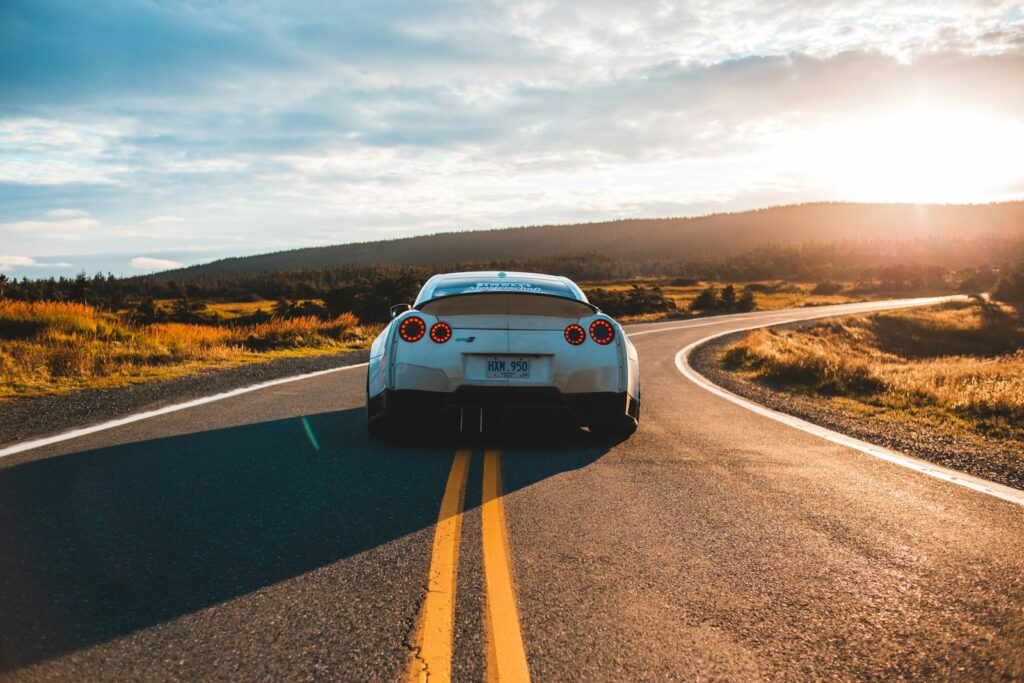
6. **Real-World Fuel Economy: Managing Trip Budgets**Fuel economy is a crucial consideration for any family embarking on a road trip, directly impacting the overall budget and frequency of stops. Subaru claims the 2025 Forester can achieve 32 mpg on the highway, a figure that provides a benchmark for expectations. The real-world experience during the lengthy journey to Truckee offered a practical insight into how the Forester performs under typical road trip conditions.
After the first 365-mile stretch, which involved pushing hard with only brief stops, the Forester averaged approximately 27 mpg. While this figure falls short of the manufacturer’s claimed 32 mpg, it is still a respectable showing, especially when considering the overall average of 24.1 mpg prior to the trip. The final leg of the journey, covering the last tank, saw the trip computer estimate an impressive 470-mile range, indicating that with mindful driving, the Forester can indeed be quite efficient.
This real-world performance suggests that while the Forester may not consistently hit its optimal highway rating, it delivers solid fuel economy that helps manage trip budgets effectively. For families, fewer stops at the gas station translate to more uninterrupted travel time and potentially lower overall travel costs. The anticipated 2025 Forester Hybrid, which promises improved fuel economy without compromising the model’s off-road capability, could further enhance this aspect for environmentally-focused buyers or those prioritizing even greater efficiency.
Car Model Information: 2015 Subaru Forester 2.5i
Name: Subaru Forester
Manufacturer: Subaru
Production: 1997–present
Class: Compact crossover SUV
BodyStyle: SUV
Related: Subaru Impreza
Layout: Front-engine, all-wheel drive
Predecessor: Subaru Bighorn
Categories: 2000s cars, 2010s cars, All-wheel-drive vehicles, All Wikipedia articles written in American English, All articles containing potentially dated statements
Summary: The Subaru Forester (Japanese: スバル・フォレスター, Hepburn: Subaru Foresutā) is a compact crossover SUV that has been manufactured by Subaru since 1997. The first generation was built on the platform of the Impreza in the style of a taller station wagon, a style that continued to the second generation, while the third-generation model onwards moved towards a crossover SUV design. A performance model was available for the second-generation Forester in Japan as the Forester STi.
Get more information about: Subaru Forester
Buying a high-performing used car >>>
Brand: Subaru Model: Forester
Price: $9,750 Mileage: 124,061 mi.

7. **Interior Comfort and Design for Long Trips: A Family-Focused Sanctuary**The interior of a family road trip vehicle needs to be more than just functional; it must be a comfortable, accommodating space for hours on end. The 2025 Subaru Forester benefits from a full interior overhaul, inheriting enhancements from the Crosstrek and featuring a new design that emphasizes a more modern look, crucial for sustained comfort on long journeys.
Higher-quality materials now line the cabin, and touch points where arms and hands typically rest are better padded, a welcome improvement for weary travelers. The dashboard features a more interestingly sculpted design for a Subaru, moving away from some of the plainer aesthetics of previous generations. While the overall look remains distinctly Subaru and won’t surprise existing owners, the refinements enhance the cabin’s appeal and tactile experience.
Crucially for families, the seats have also seen significant improvements. This generation’s seats are “more comfortable than the last, which were far, far more comfortable than the generation before that,” indicating a clear progression in ergonomic design for extended periods of sitting. Passenger space is prioritized, with one owner noting that a “6’2″ son can sit in back seat very comfortably.” This generous legroom, combined with amenities like available heated seats and practical all-weather mats, contributes to making the Forester a genuinely family-focused sanctuary for long trips, ensuring everyone stays content and relaxed on the journey.
However, it’s worth noting that while interior materials and comfort have improved, the infotainment system’s appearance is described as more immature than ever before, especially when compared to rivals like Honda and Toyota, whose systems have become more visually appealing and intuitive. This might be a minor aesthetic quibble for some, but for families relying on seamless navigation and entertainment, a more modern and intuitive interface would be an advantage. Despite this, the fundamental comfort, spaciousness, and enhanced materials position the 2025 Forester as a strong contender for family road trip comfort.
The journey of Subaru Forester reliability has been dynamic, evolving significantly across its five distinct generations. Understanding this historical context is crucial for prospective owners, as reliability scores and common issues have varied considerably over the years. This generational lens offers invaluable insights beyond just the performance of the latest models.
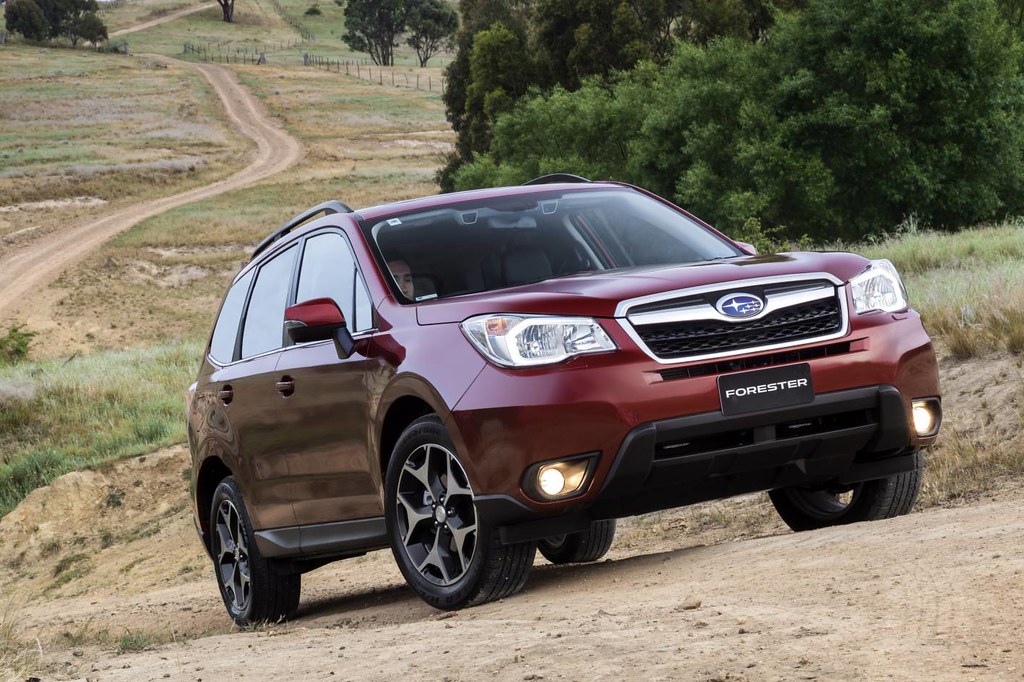
8. **Forester Reliability by Generation: A Historical Overview**Subaru’s first generation (1998-2002) established the Forester’s renowned all-wheel-drive reputation, yet it contended with notable issues such as “head gasket failures, particularly in the 2.5L EJ25 engine,” and “rear self-leveling shock failures” typically around the 100,000-mile mark. These head gasket repairs often incurred costs exceeding $2,000. The subsequent second generation (2003-2008) brought about welcome improvements, including a “better head gasket design.” In fact, the 2004-2005 models were lauded by CarComplaints, earning their “Seal of Awesome” for having minimal reported issues, though some higher-mileage vehicles still experienced “timing belt failures” and “catalytic converter inefficiencies.”
The third generation (2009-2013) proved to be a more inconsistent period for Forester reliability, often described as a “mixed bag.” This era saw a resurgence of “persistent head gasket failures” and, particularly in pre-2012 models equipped with the EJ25 engine, “excessive oil consumption.” Adding to owner concerns, nearly all models from this generation were impacted by “Takata airbag recalls.” However, a turning point emerged with the introduction of the FB25 engine in 2012 and later models, which demonstrated “significant improvements in oil consumption and gasket durability.” It’s worth noting that the 2010 model specifically received a dismal “1/5 reliability rating” from Consumer Reports, making it a year many advise avoiding.
Perhaps the most challenging period for Forester reliability was the fourth generation (2014-2018), with the 2014-2015 model years earning the unfortunate moniker of the “problem child.” These specific years were plagued by “major issues” including widespread “CVT transmission failures” and “piston ring defects causing excessive oil consumption.” The severity of these problems led to a class-action lawsuit, which compelled Subaru to extend the CVT warranty to an impressive 10 years or 100,000 miles for affected vehicles. Other notable concerns reported during this period included “rear spring fractures” and pervasive “windshield cracking.” Encouragingly, the 2018 model addressed many of these underlying issues, offering “considerably better” reliability in comparison.
The current fifth generation (2019-Present) proudly marks a significant “renaissance” for Forester reliability, earning a commendable “4/5” score. Subaru implemented crucial advancements such as “direct fuel injection,” “revised CVT programming,” and “enhanced noise insulation” across these models. This commitment to refinement has resulted in impressive J.D. Power reliability scores of “84/100” for the 2020-2025 models. While minor issues like “lower control arm bushing wear” in higher-mileage examples, “premature battery drain,” and occasional “TPMS sensor failures” (a $200-$400 repair) have been noted, these do not detract from the overall robust performance, solidifying these models as the “most reliable Foresters ever made.”
Car Model Information: 2015 Subaru Forester 2.5i
Name: Subaru Forester
Manufacturer: Subaru
Production: 1997–present
Class: Compact crossover SUV
BodyStyle: SUV
Related: Subaru Impreza
Layout: Front-engine, all-wheel drive
Predecessor: Subaru Bighorn
Categories: 2000s cars, 2010s cars, All-wheel-drive vehicles, All Wikipedia articles written in American English, All articles containing potentially dated statements
Summary: The Subaru Forester (Japanese: スバル・フォレスター, Hepburn: Subaru Foresutā) is a compact crossover SUV that has been manufactured by Subaru since 1997. The first generation was built on the platform of the Impreza in the style of a taller station wagon, a style that continued to the second generation, while the third-generation model onwards moved towards a crossover SUV design. A performance model was available for the second-generation Forester in Japan as the Forester STi.
Get more information about: Subaru Forester
Buying a high-performing used car >>>
Brand: Subaru Model: Forester
Price: $9,750 Mileage: 124,061 mi.
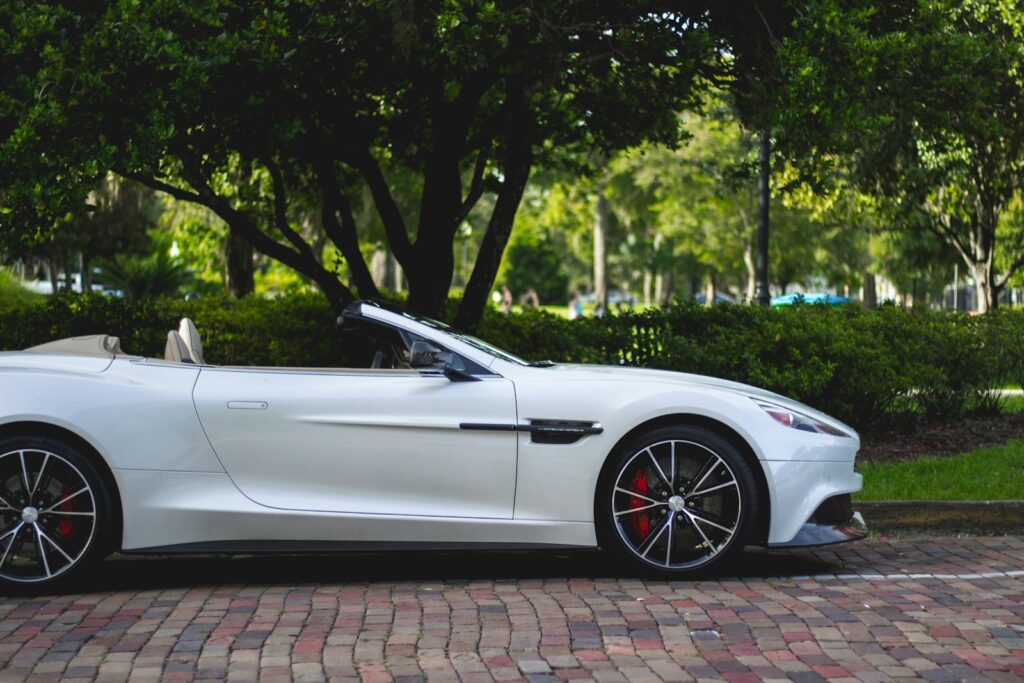
9. **Major Trouble Spots: Identifying Persistent Issues**One of the most significant and recurring frustrations for many Forester owners, particularly those with 2011-2015 models, was “excessive oil consumption.” This prevalent issue, often exceeding “1 quart per 1,000 miles,” was directly linked to “faulty piston rings and head gasket designs.” The consequences were substantial, sometimes necessitating “engine overhauls costing $3,000-$6,000,” although Subaru did extend warranties for affected vehicles to help mitigate the financial burden on owners.
The Lineartronic CVT transmissions in 2014-2018 models represented another major “trouble spot” that impacted consumer confidence. Owners frequently reported experiencing “shuddering at low speeds,” noticeable “hesitation when accelerating,” and in some severe cases, “complete failure,” particularly when exposed to extreme temperatures. Outside of warranty coverage, replacing these transmissions could “exceed $5,000.” While Subaru’s “10-year warranty extension” for affected CVTs provided some relief, the issue undoubtedly cast a shadow over these model years.
A “classic Subaru problem,” head gasket failures plagued multiple generations of the Forester, being most commonly associated with EJ25 engines produced before 2012. Owners often observed symptoms such as “white smoke from exhaust,” tell-tale “coolant leaks,” and concerning “engine overheating.” Repairs for these issues typically ranged from “$1,500-$2,500.” Fortunately, the introduction of the more robust FB25 engine in later models largely provided a lasting resolution to this persistent engineering challenge.
As Foresters have increasingly embraced technology, new “reliability challenges” have emerged concerning “electrical and sensor malfunctions.” These encompass issues like “oxygen sensor failures,” “TPMS system malfunctions,” and occasional “EyeSight system glitches.” Furthermore, “windshield cracks affecting safety cameras” can lead to costly and specialized repairs, with individual sensor replacements averaging “$200-$400” and full windshield replacements with proper camera calibration often exceeding “$1,000.”
Car Model Information: 2015 Subaru Forester 2.5i
Name: Subaru Forester
Manufacturer: Subaru
Production: 1997–present
Class: Compact crossover SUV
BodyStyle: SUV
Related: Subaru Impreza
Layout: Front-engine, all-wheel drive
Predecessor: Subaru Bighorn
Categories: 2000s cars, 2010s cars, All-wheel-drive vehicles, All Wikipedia articles written in American English, All articles containing potentially dated statements
Summary: The Subaru Forester (Japanese: スバル・フォレスター, Hepburn: Subaru Foresutā) is a compact crossover SUV that has been manufactured by Subaru since 1997. The first generation was built on the platform of the Impreza in the style of a taller station wagon, a style that continued to the second generation, while the third-generation model onwards moved towards a crossover SUV design. A performance model was available for the second-generation Forester in Japan as the Forester STi.
Get more information about: Subaru Forester
Buying a high-performing used car >>>
Brand: Subaru Model: Forester
Price: $9,750 Mileage: 124,061 mi.
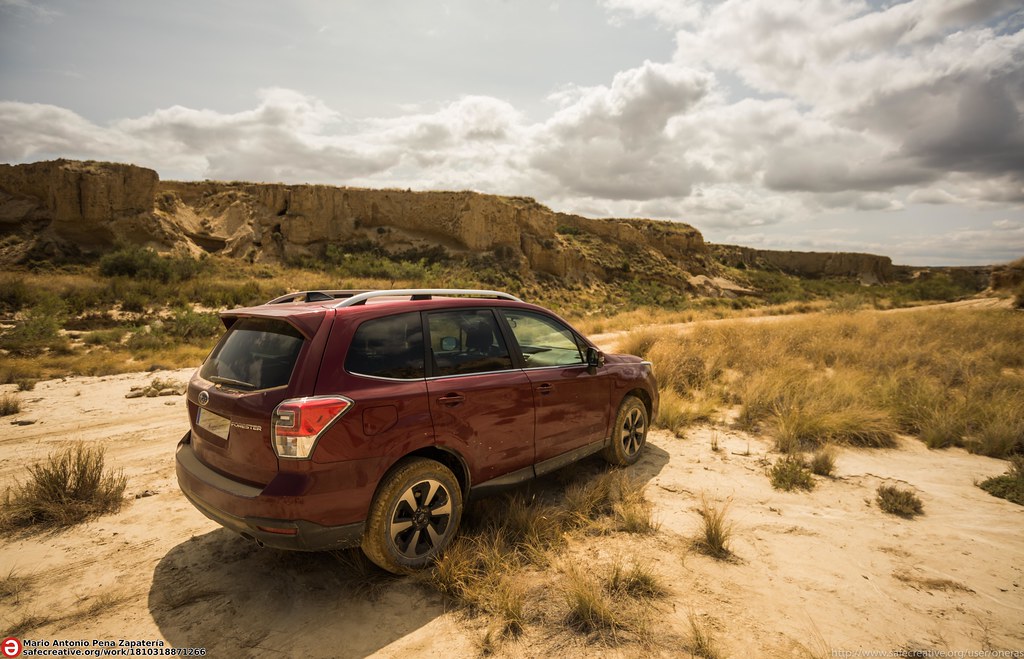
10. **Best and Worst Years for Subaru Forester Reliability**For anyone considering the purchase of a Subaru Forester, understanding which model years have demonstrated superior reliability and which have historically presented more problems is an absolutely paramount piece of information. This critical insight can save potential owners significant headaches and considerable expenses, steering them confidently towards models with proven track records of dependable service and away from those with known issues.
The most highly recommended models for reliability are unequivocally the “2020-2025 models,” widely lauded for their “enhanced FB25 engine with top safety scores and minimal reported issues.” The “2018” models also stand out as an excellent choice, representing the “final year of [the] fourth generation with most CVT and oil problems resolved.” Surprisingly, the “2004-2005” models are recognized as “surprisingly reliable early models with low complaint rates,” making them notable choices for their age.
Conversely, there are specific model years that prospective buyers should approach with extreme caution, if not avoid entirely. The “2014-2015” models are broadly considered the “worst Forester model years,” having been severely “plagued by CVT failures and subject to a class-action lawsuit for piston ring defects.” Additionally, the “2010” model received a dismal “1/5 reliability rating from Consumer Reports due to excessive oil consumption,” firmly solidifying its place among the less desirable options.
Car Model Information: 2015 Subaru Forester 2.5i
Name: Subaru Forester
Manufacturer: Subaru
Production: 1997–present
Class: Compact crossover SUV
BodyStyle: SUV
Related: Subaru Impreza
Layout: Front-engine, all-wheel drive
Predecessor: Subaru Bighorn
Categories: 2000s cars, 2010s cars, All-wheel-drive vehicles, All Wikipedia articles written in American English, All articles containing potentially dated statements
Summary: The Subaru Forester (Japanese: スバル・フォレスター, Hepburn: Subaru Foresutā) is a compact crossover SUV that has been manufactured by Subaru since 1997. The first generation was built on the platform of the Impreza in the style of a taller station wagon, a style that continued to the second generation, while the third-generation model onwards moved towards a crossover SUV design. A performance model was available for the second-generation Forester in Japan as the Forester STi.
Get more information about: Subaru Forester
Buying a high-performing used car >>>
Brand: Subaru Model: Forester
Price: $9,750 Mileage: 124,061 mi.
Read more about: The Definitive Guide to 2025’s Most Reliable Cars for Retirees: Unbiased Reviews and Practical Insights

11. **Proactive Maintenance for Unlocking Forester Longevity**Beyond initial reliability, many families seek a vehicle that can truly go the distance, confidently surpassing the 200,000-mile mark. The Subaru Forester has a solid reputation for impressive longevity, but achieving this remarkable lifespan isn’t simply a matter of chance; it hinges fundamentally on an unwavering commitment to proactive and diligent maintenance practices throughout its ownership.
The cornerstone of Forester longevity involves rigorous adherence to fluid maintenance schedules. “Oil changes religiously – every 6,000 miles” are critically important, and for “older models prone to oil consumption,” even sooner intervals may be necessary. Crucially, the “CVT fluid changes” are not a “lifetime fluid” myth and must occur diligently “every 60,000 miles” to prevent costly transmission failures. Owners should also consistently “monitor oil levels,” a practice especially vital for 2011-2015 models known for higher consumption.
For older models, “timing belt replacement (if applicable) at 105,000 miles” is a non-negotiable service essential for preventing catastrophic engine damage. Furthermore, modern Foresters are increasingly reliant on their sophisticated electronic systems, meaning “keeping software updated – modern Foresters need regular infotainment and ECU updates” is vital for optimal performance and to avoid potential glitches in advanced features like EyeSight. By consistently following these essential guidelines, owners significantly enhance their Forester’s potential for extended, trouble-free service.
Car Model Information: 2015 Subaru Forester 2.5i
Name: Subaru Forester
Manufacturer: Subaru
Production: 1997–present
Class: Compact crossover SUV
BodyStyle: SUV
Related: Subaru Impreza
Layout: Front-engine, all-wheel drive
Predecessor: Subaru Bighorn
Categories: 2000s cars, 2010s cars, All-wheel-drive vehicles, All Wikipedia articles written in American English, All articles containing potentially dated statements
Summary: The Subaru Forester (Japanese: スバル・フォレスター, Hepburn: Subaru Foresutā) is a compact crossover SUV that has been manufactured by Subaru since 1997. The first generation was built on the platform of the Impreza in the style of a taller station wagon, a style that continued to the second generation, while the third-generation model onwards moved towards a crossover SUV design. A performance model was available for the second-generation Forester in Japan as the Forester STi.
Get more information about: Subaru Forester
Buying a high-performing used car >>>
Brand: Subaru Model: Forester
Price: $9,750 Mileage: 124,061 mi.
Read more about: Is the 2025 Mazda CX-50 the Best Compact SUV Bargain? A Detailed Consumer Reports Assessment
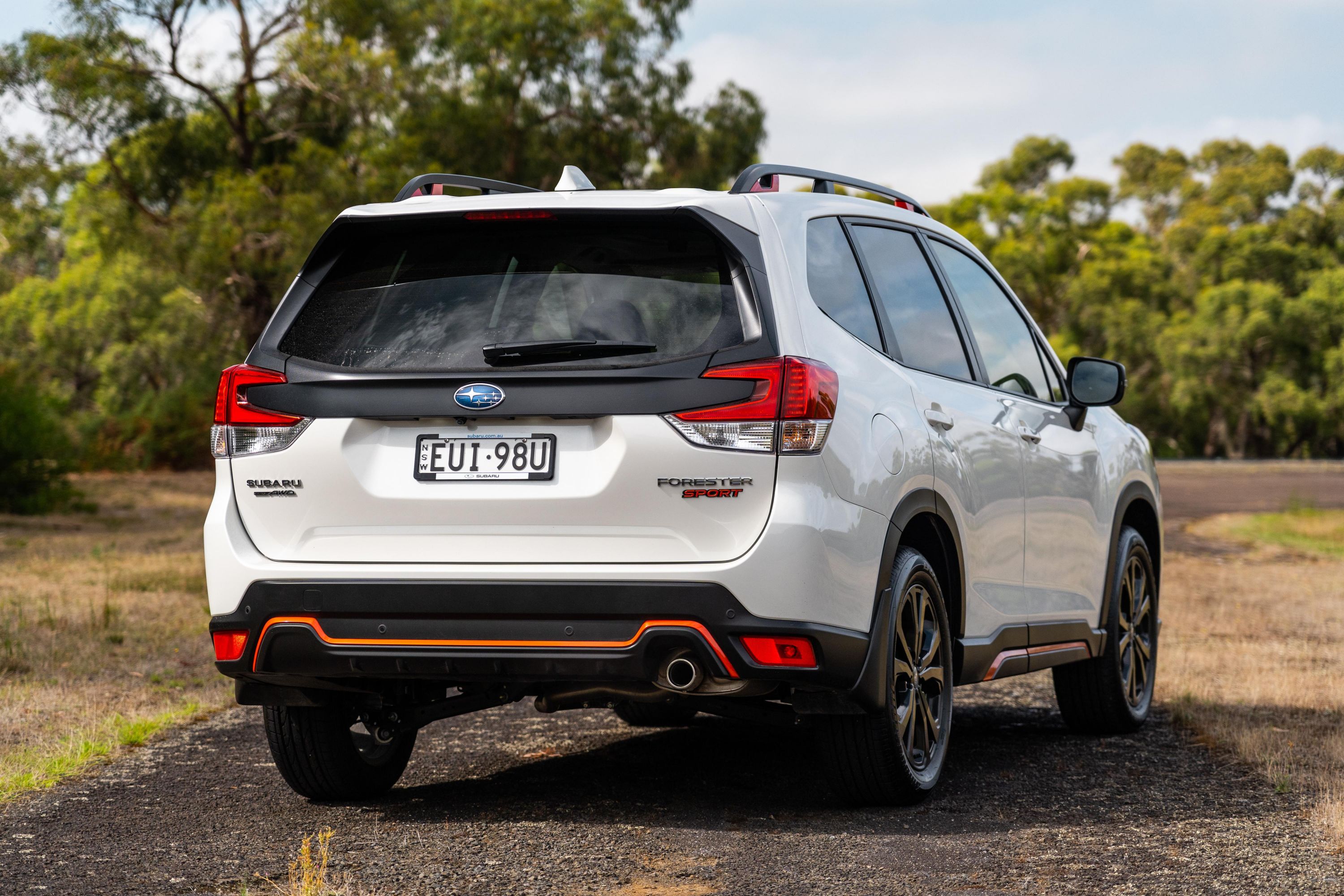
12. **Forester vs. Key Competitors: A Reliability Showdown**In the fiercely competitive compact SUV segment, the Subaru Forester often finds itself measured directly against formidable rivals such as the Toyota RAV4, Honda CR-V, and Mazda CX-5. While the Forester possesses unique strengths that set it apart, a closer look at objective reliability data reveals a nuanced picture when it comes to long-term dependability compared to these key players.
According to data compiled by RepairPal, the Subaru Forester holds a “3.5/5” reliability rating, accompanied by an “average annual repair cost” of “$632.” This places it somewhat behind its top competitors in terms of repair frequency and cost. For instance, both the “Toyota RAV4” and “Honda CR-V” achieve superior “4/5” reliability ratings, with average annual repair costs of “$429” and “$407” respectively. The “Mazda CX-5” also commands a “4/5” rating at “$447.” This data suggests that, while respectable, the Forester can incur slightly higher ownership costs in terms of anticipated repairs.
Despite these comparative repair figures, the Forester stands out with compelling and distinct advantages that resonate strongly with its dedicated buyer base. It offers “superior all-wheel-drive capability,” thanks to its standard Symmetrical All-Wheel Drive, providing exceptional traction and confidence in diverse and challenging conditions. Furthermore, it boasts “better ground clearance” than many rivals and comes equipped with “more standard safety features in base models,” most notably the comprehensive EyeSight driver assistance suite. These attributes make it a preferred choice for those prioritizing off-road readiness, all-weather performance, and advanced safety from the outset.
However, the competition has advanced significantly in certain areas where the Forester currently lags, presenting potential considerations for buyers. Rivals like the RAV4 and CR-V now offer “hybrid powertrain options,” a substantial draw for environmentally-focused consumers or those prioritizing maximum fuel efficiency, which the 2025 Forester currently lacks, though a hybrid is anticipated. Additionally, while the Forester’s interior comfort has undeniably improved, its “infotainment system appears more immature” when compared to the “more stylish” and “worlds easier to use” systems found in some competitors, potentially impacting user experience for families relying on seamless navigation and entertainment.
Car Model Information: 2015 Subaru Forester 2.5i
Name: Subaru Forester
Manufacturer: Subaru
Production: 1997–present
Class: Compact crossover SUV
BodyStyle: SUV
Related: Subaru Impreza
Layout: Front-engine, all-wheel drive
Predecessor: Subaru Bighorn
Categories: 2000s cars, 2010s cars, All-wheel-drive vehicles, All Wikipedia articles written in American English, All articles containing potentially dated statements
Summary: The Subaru Forester (Japanese: スバル・フォレスター, Hepburn: Subaru Foresutā) is a compact crossover SUV that has been manufactured by Subaru since 1997. The first generation was built on the platform of the Impreza in the style of a taller station wagon, a style that continued to the second generation, while the third-generation model onwards moved towards a crossover SUV design. A performance model was available for the second-generation Forester in Japan as the Forester STi.
Get more information about: Subaru Forester
Buying a high-performing used car >>>
Brand: Subaru Model: Forester
Price: $9,750 Mileage: 124,061 mi.
Ultimately, the roadmap to Subaru Forester reliability is paved with informed choices. While the latest 2020-2025 models shine as beacons of dependability, offering years of trouble-free service with diligent care, the Forester’s past reveals a more winding path. Savvy buyers will navigate clear ‘avoid at all costs’ years, such as the problematic 2014-2015 models, while appreciating the unexpected gems from 2004-2005 or the significantly improved 2018 edition. Whether you’re eyeing a fresh 2024-2025 model for peak assurance, a certified pre-owned 2020-2022 for balanced value, or a 2018 as a smart used bargain, choosing wisely and committing to consistent maintenance will unlock the all-weather prowess, robust safety, and enduring spirit that has forged the Forester’s loyal community and continues to make it a compelling choice for family adventures, near and far.

